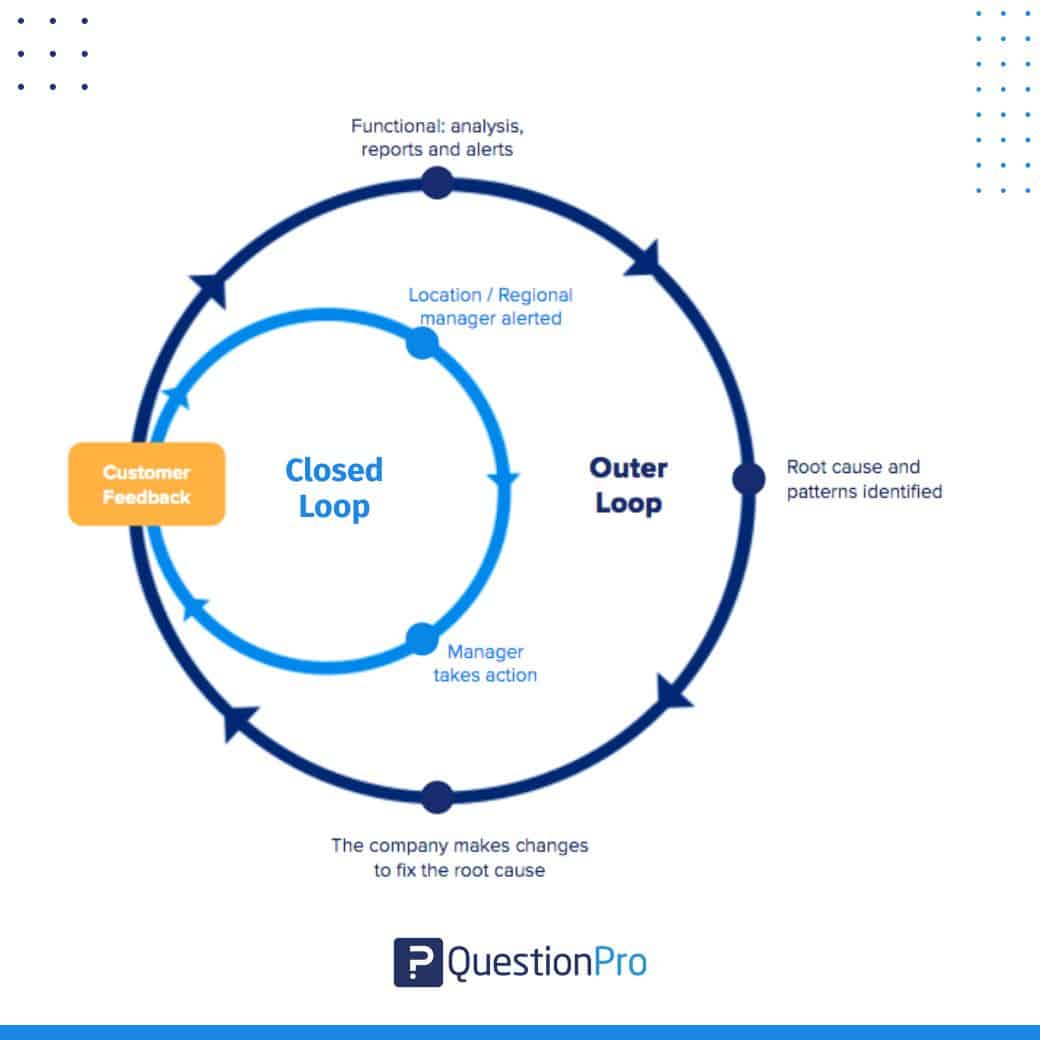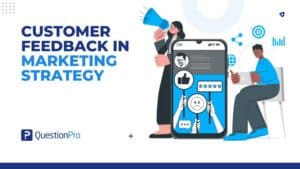![Tuesday CX Thoughts [TCXT] 2025-08-12](https://www.questionpro.com/blog/wp-content/uploads/2025/08/Tuesday-CX-Toughts-TCXT-2025-08-12.jpg)
TCXT is a section of our blog where our Director of QuestionPro Customer Experience reflects and shares his thoughts on everyday moments and their relationship to customer experience.
Want to hear Ken Peterson’s thoughts directly? Watch the video summary here:
So often when we go in and experience the level of service that we get somewhere, there is going to be something big connected to the experiences we get. If, for example, you go into an automotive dealership and you get that coercion of, “oh, please give me this score”, that’s because they’re tying the score to a metric, to an incentive.
Ultimately, everyone’s going to do things based on their incentives – it’s human nature. At work, we do the things that bring us monetary awards. If you tie a customer experience score to an incentive, that’s what you’re going to get – someone just trying to game the score. If you turn around to tie it to the timely resolution of closed-loop feedback, you’re going to get quick resolution on all your tickets, but the service isn’t necessarily going to improve, so we’re probably left with service levels being less than desirable.
How do we really design the experience to be service-driven? For me, it becomes very easy if you tie it to action, if you connect the incentives to actions. For example, if you tie closed-loop resolution to action and being able to say Hey, these customers are happy now, even if the service failed. Service will fail, but if the customer is happy now because you reached out to that customer, resolved their issue, and they are happier than they were before, then that should be a win.
We are now able to tie an action back to that customer and measure that action accordingly, and those actions can be short-term and quick responses, such as “hey, I’m sorry about the service failure, we’re giving you a coupon for this amount for you”. Or it can be bigger, like “Hey, we keep seeing payments fail the first time on our card reader kiosks.” So let’s fix that problem, take action on it, and really understand that we’re doing something, and the reason that is important is because it impacts customers.

They are going to see if you’re acting or if you’re just giving them lip service, so to say, on the service experience, so that’s why we like to tie things into our product like Outer Loop. Outer Loop goes beyond just fixing a one-time problem and letting the customer know that we are going to fix this problem that keeps recurring. This goes back to the idea behind our root causes. Understanding root causes helps us to understand problems that are popping up over and over that impact the service experience. Then, taking it a step further and tying those root causes and those actions into a journey map so you can understand the holistic service experience when it comes to a customer’s journeys for a specific customer persona. These can be more appealing to particular groups of customers that you want to bring into your business as the most profitable. This way, you’re actually designing the service with purpose.
When you are designing that experience intentionally and making sure that all of the customers are going through the experience as you intend them instead of at the whim of the circumstances on a particular day, you empower the employees. The employees are also going to respond to it because they’re going to know exactly what they need to do. Then, by being able to give employees incentives based on how they took action, they are more likely to act in that way. Then the experience in the store will be fixed.
Using Outer Loop to track such a scenario allows us to confirm that every task was executed within an initiative and that a corresponding score will increase when tackling this problem. Not only will they be motivated by the incentive, but seeing the improvement and that a happy customer is easier to deal with, that is going to motivate them even more. They’re going to see that these actions not only have something behind them for themselves personally, but they’re also going to see it’s going to help with the customers. And it’s also going to make the entire service experience better for both customers and employees. This is why we focus so heavily on Action tools at QuestionPro, not just the next fancy dashboard widget or black-box calculation. So as you navigate customer experience, you need to make sure that you are not incentivizing KPI metrics, but incentivizing actions.
Measure the experience you are delivering to your customers
Understanding customer satisfaction levels and their perception is essential to evaluating the impact of our efforts across every aspect of our business. Our main goal remains the same: providing a great experience.
If you’re also interested in gaining deeper insights into your customer base, QuestionPro Customer Experience offers the necessary tools to help you achieve this. Schedule a demo now—we’ll be happy to guide you through the platform and learn about the challenges in reaching your goals.







